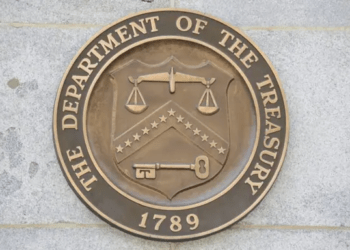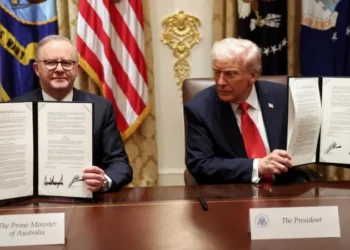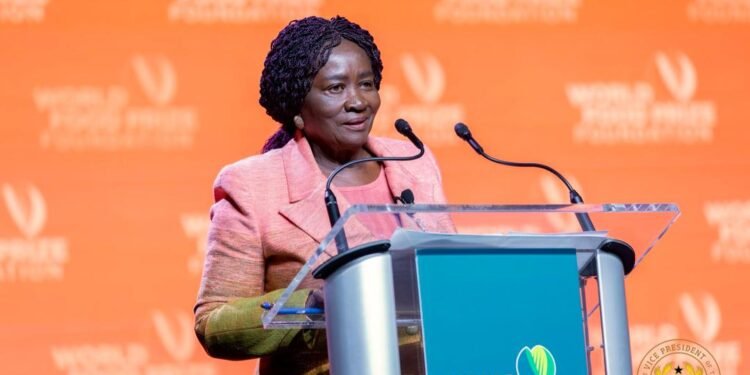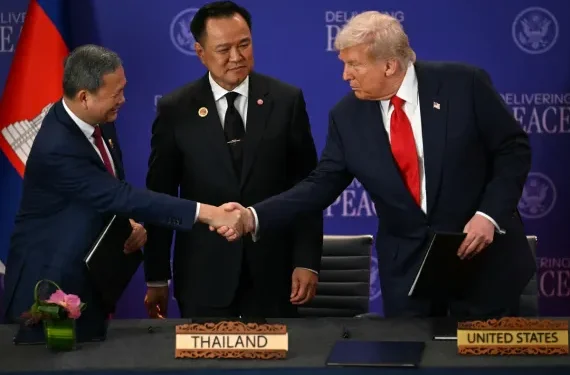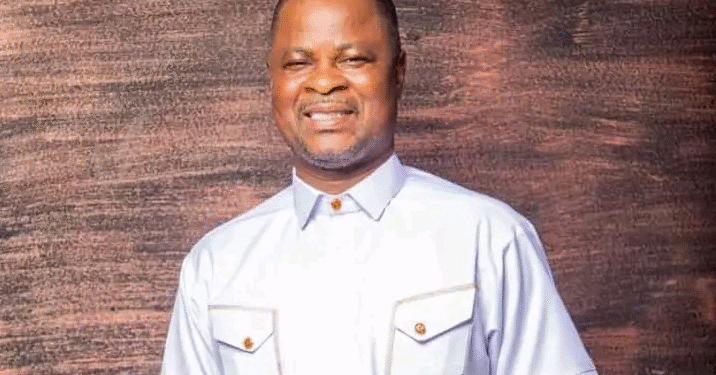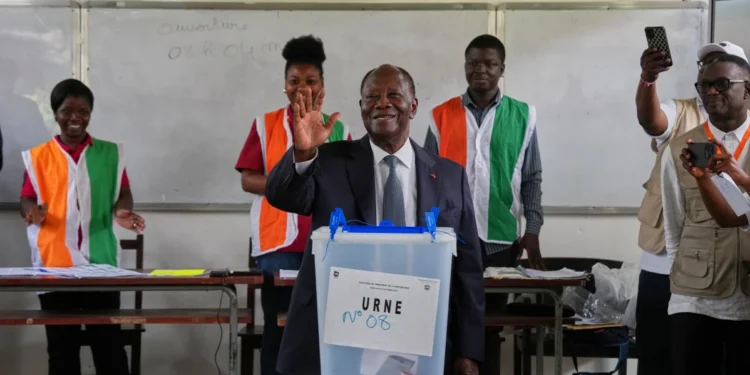President Donald Trump’s latest wave of country-specific tariffs has come into force, with dozens of countries facing higher taxes on their exports to the US.
The sweeping “reciprocal” levies announced by the White House a week ago – just before a previous August 1 deadline was due to elapse – were in place as of a minute past midnight Washington time on Thursday, August 7, 2025.
Just before midnight, Trump claimed on social media that billions of dollars would start flowing into the US as a result of the tariffs.
Trump wrote in capital letters that the only thing that can stop “America’s greatness would be a radical left court that wants to see our country fail,” referencing an ongoing case in the US court of appeals which is considering whether he exceeded his authority in imposing the “reciprocal” tariffs.
The rates range from 41% on war-torn Syria to 10% for the UK and will be applied on top of the usual tariffs applying to products imported to the US.
This means that while Brazil’s “reciprocal” tariff is 10%, its total rate is 50% after an executive order imposed a 40% additional levy from Wednesday linked to the prosecution of the country’s former president Jair Bolsonaro.
The EU is the only trading partner where its baseline rate – set at 15% after a framework deal – will include previous tariffs.
Trump first unveiled the raft of country-specific rates on 2 April, a date he called “liberation day,” claiming the rest of the world had looted the US for decades.
After a 90-day pause brought in a week later and another four-week truce announced on 7 July, he confirmed the new set of rates last Friday.
Some trading partners secured reductions via negotiations or by striking deals, including the UK, Thailand, Cambodia, Vietnam, Indonesia, the Philippines, Japan, South Korea, Pakistan and the EU.
Since the announcement last week, governments around the world have been racing to try to reach deals to avert border taxes they fear could deter investors and result in job losses.
Other countries are negotiating tariffs not covered by last week’s announcement. Canada has been hit with a total rate of 35% that came in last Friday, while Mexico avoided an increase from its 25% rate on the same date after it was granted a 90-day extension.
China is on a separate tariff track and will face a potential tariff increase on August 12 unless Trump approves an extension of a prior truce after talks last week in Sweden.
He has said he may impose additional tariffs over China’s purchases of Russian oil as he seeks to pressure Moscow into ending its war in Ukraine.
Trump To Impose Tariffs On Semiconductors
Trump also warned that the US would impose a tariff of about 100% on semiconductor chips imported from countries not producing in America or planning to do so.
He said that companies that make computer chips in the US would be spared the import tax.
Trump’s move will likely raise the cost of electronics, autos, household appliances and other goods deemed essential for the digital age.
The world’s largest contract maker of chips, Taiwan Semiconductor Manufacturing Company (TSMC), was “exempt” from the tariff, an official told a parliamentary briefing in Taipei on Thursday.
South Korea’s top trade envoy Yeo Han-koo said that Samsung Electronics and SK Hynix would also not be subject to the 100% levy.
Nvidia, one of the largest chip makers in the US, would likely be exempt from the tariff because the company has manufacturing facilities in the US.
However, the plan could be harm other countries in Asia, with the President of the Philippine semiconductor industry, Dan Lachica, saying that with around 70% of the country’s exports being semiconductors, the new rules would be “devastating.”
READ ALSO: Camera Chases Bodies in Sacks and Sorrows of Bereaved: Ghana’s Day of Tragedy Turns Day of Shame







